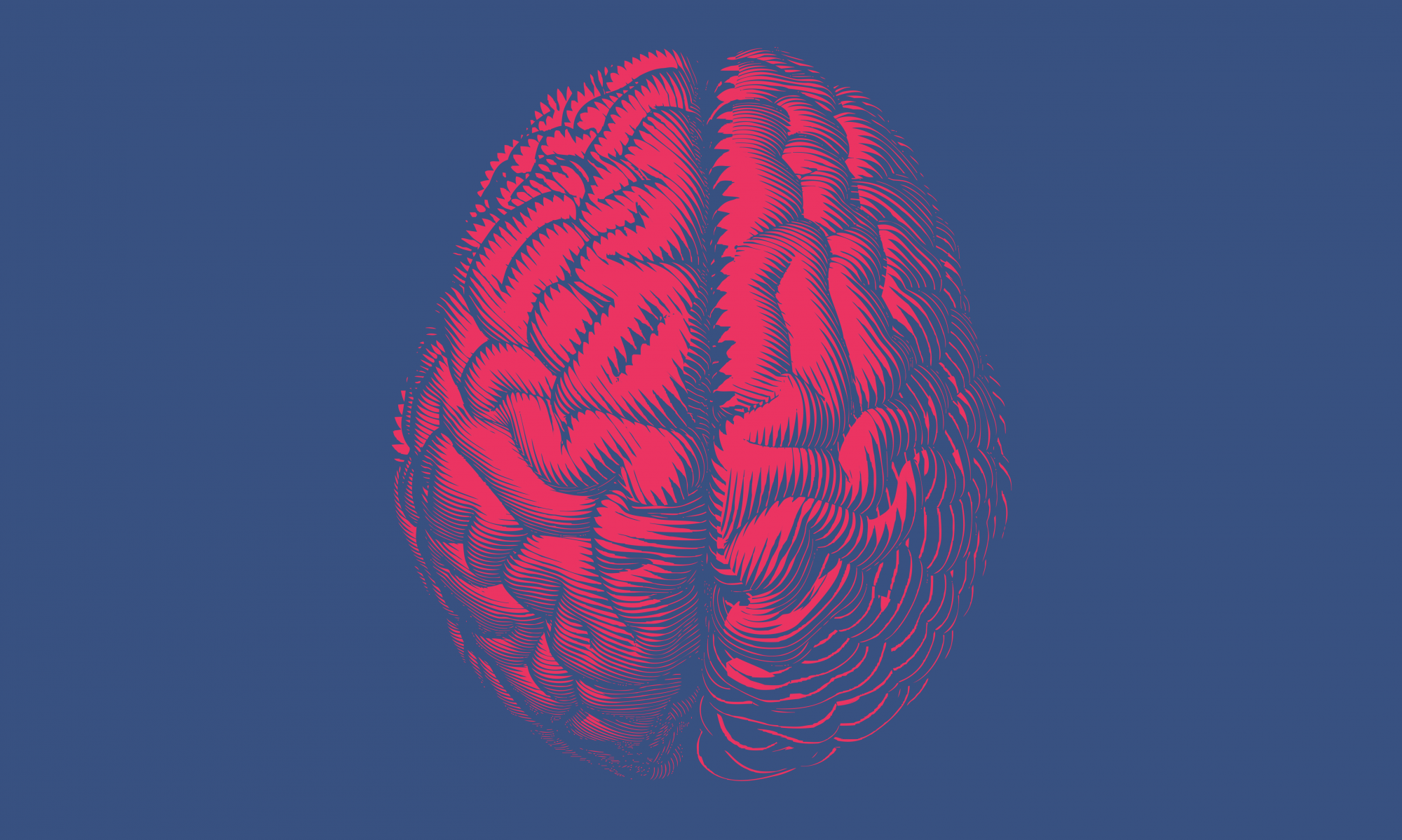This chapter covers human procedural learning, including developmental and neuropsychological perspectives.
This experiment examined habitual behavior and cognitive flexibility in individuals who reported experiencing early-life adversity compared to those that did not. Participants learned a probabilistic classification task, with the contingencies reversed halfway through the task without the knowledge of the participant. Participants who reported significant early life stress, particularly emotional neglect or sexual abuse, showed more perseveration after contingency reversal, indicating less flexible and more habitual responding. There was an independent association between reported alcohol consumption and perseveration, suggesting that this measure of cognitive flexibility may be related to real-world habitual behavior.
This study done in Prof. Nanthia Suthana’s lab examines intracranial neural activity in patients as they traverse an environment while performing a spatial memory task.
This initial study suggests that activating a left hemisphere region of the brain important for semantic processing during encoding may enhance memory selectivity for high value words when tested the following day.
This paper was the first to demonstrate that patients with schizophrenia show deficits in value-directed remembering in addition to memory problems, indicating that their difficulty in prioritizing important information may also impact daily life function.
In this book chapter, we summarize research on skill learning that occurs without awareness of what has been learned.
This study compared whether selectivity for valuable items in memory is impacted by framing feedback in terms of gains for remembering or losses for forgetting information.
This review written with Alan Castel outlines a framework in which valuable or important information is prioritized at encoding by both automatic mechanisms and strategic differential application of semantic encoding processes.
In this collaboration with Michele Basso and Jochen Ditterich we showed that base-rate priors can influence perceptual decision-making even when the participant is not aware of them. Participants judged the orientation of red and green dot patterns that varied in terms of coherence. Unbeknownst to the participants, the different colors were associated with more frequent left or right tilted stimuli. Participants incorporated this information into their decisions as shown by a bias when judging low coherence stimuli. Using the Drift-Diffusion model, we found that color-specific biases were implemented through drift rate changes.
This paper demonstrates that the benefits of interleaved practice extend to implicit learning of fine-motor sequences. Participants performed a serial reaction time task in which key press locations occurred according to three different sequences. Participants were not aware that the locations were not random. When tested after a delay, participants were faster if they practiced interleaved sequences rather than blocked sequences. Interleaved practice also led to better performance when new sequences were learned. These results suggest that explicit retrieval is not necessary for the benefit of interleaved practice.
